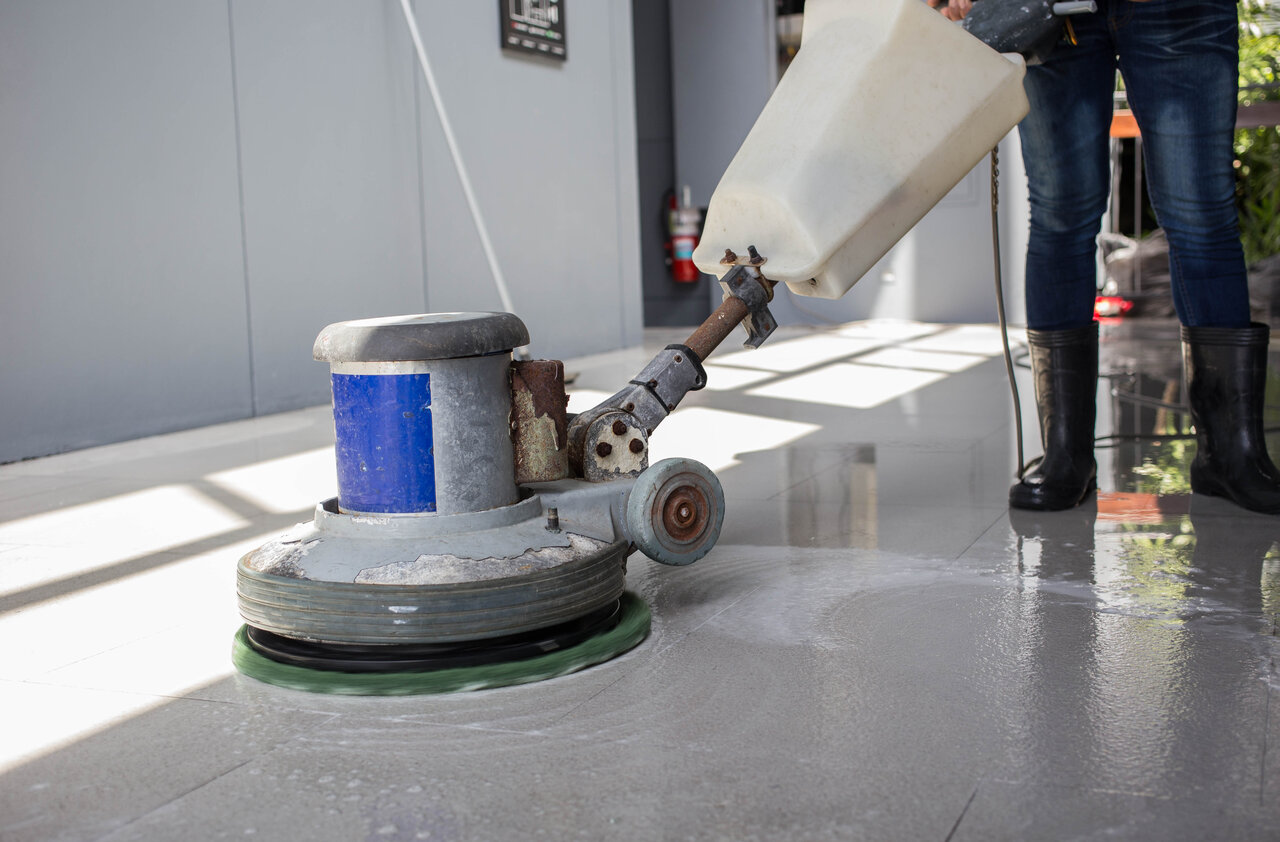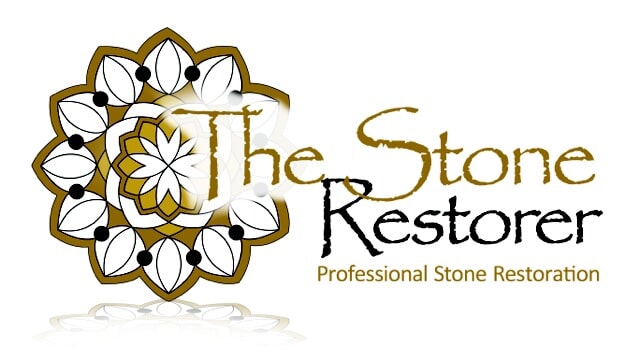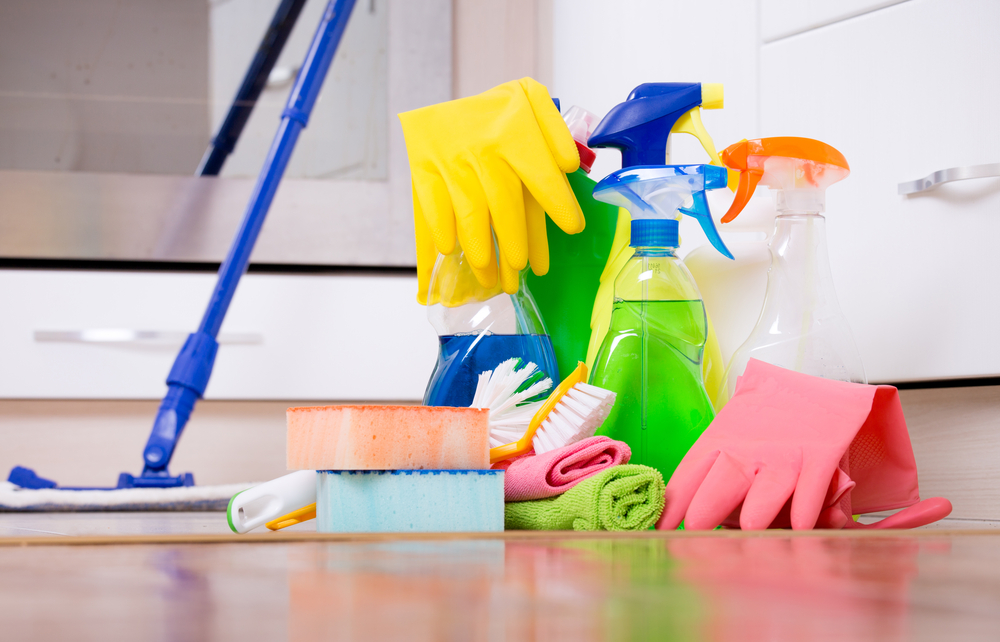Natural limestone floors exude a timeless beauty that adds charm and elegance to any space. Limestone, with its unique patterns and soft earthy tones, has been a popular choice for flooring in Australian homes for decades.
To maintain the allure of this stunning natural stone, proper polishing techniques are essential. Polishing not only enhances the aesthetics of limestone floors but also contributes to their longevity, making it a crucial aspect of limestone floor care. Please continue reading below to learn more today!
Understanding Natural Limestone Floors
Limestone is a sedimentary rock formed primarily from calcite deposits, giving it a soft and porous structure. The presence of fossils and mineral veining further adds to its appeal. There are several types of limestone used for flooring, including travertine, Jura limestone, and Jerusalem stone, each with distinct characteristics. Understanding the composition and variations of limestone aids in choosing the appropriate polishing techniques.
Assessing the Condition of Limestone Floors
Before delving into polishing, it is essential to assess the condition of the limestone floor. Scratches, stains, and dullness may have developed over time, diminishing the stone’s natural beauty. Identifying such imperfections helps determine the level of polishing required. Additionally, understanding the wear and tear on the limestone assists in selecting the right polishing tools and methods.

Preparing the Limestone Surface
Proper preparation is the key to successful limestone floor polishing. Thoroughly cleaning the floor is the first step, ensuring that any dirt, debris, or residues are removed. Repairing cracks and chips is crucial to achieving a smooth and even surface. If the limestone floor has grout lines, they should be filled in to create a seamless appearance.
Choosing the Right Polishing Techniques
There are various polishing techniques available for limestone floors, and choosing the right one depends on the desired outcome and the condition of the floor. Wet polishing involves using water as a lubricant to minimise dust and achieve a high-gloss finish. Dry polishing, on the other hand, is a dust-free option suitable for delicate spaces.
Diamond polishing, with its abrasive pads, is highly effective for removing scratches and restoring shine. Honing is a technique that can be used to create a matte or satin finish while removing imperfections.
Step-by-Step Polishing Process
The polishing process typically involves several steps to achieve the desired result. Initial grinding and levelling are done to remove any surface unevenness and prepare the limestone for polishing. Fine polishing follows, utilising finer grits to create a smooth and consistent surface. Finally, buffing and shining complete the process, leaving the limestone floor with a lustrous finish.
Enhancing the Polished Surface
To preserve the polished look of the limestone floor, applying sealants is recommended. Sealants act as a protective barrier, preventing stains and moisture from penetrating the porous surface of limestone.
Additionally, enhancers can be used to bring out the stone’s natural colours and add vibrancy to the floor. Regular maintenance, such as proper cleaning and periodic resealing, further ensures the longevity of the polished surface.
Professional vs. DIY Polishing
While some homeowners may attempt DIY polishing, hiring professional polishers offers several advantages. Professionals have the expertise and experience to handle different types of limestone and deliver impeccable results.
They possess the necessary tools and knowledge to address specific issues and achieve a flawless finish. DIY polishing can be risky, as improper techniques may damage the limestone, leading to costly repairs.
Final Thoughts
Polishing natural limestone floors is a transformative process that brings out the inherent beauty and elegance of this magnificent stone. Understanding the composition of limestone and assessing the condition of the floor are essential preliminary steps.
Choosing the appropriate polishing techniques and following a step-by-step process ensures a stunning and durable result. Applying sealants and enhancers adds protection and enhances the floor’s appearance. While DIY polishing is an option, hiring professional polishers guarantees outstanding outcomes and preserves the timeless allure of natural limestone floors for generations to come.
Don’t be afraid to get in touch with a specialist like The Stone Restorer if you have questions about how to clean your natural stone tiles or need assistance bringing them back to their former splendour. Your natural stone tiles can stay in top condition if you follow the advice and use the services that our team of experts can offer you.
Give us a call today at 0414 469 301 or ask us for a fast free quote on your tile cleaning or restoration project.






